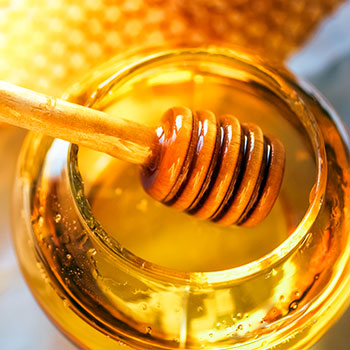Abstract
A 46-years old woman presented with acute onset of nausea, vomiting and prostration in the ER. She appeared ill and was poorly responsive to verbal stimuli. The physical examination showed a systolic blood pressure of 60 mmHg and a pulse of 40 bpm. ECG was notable for slight ST-elevations in the inferior leads. Right ventricular myocardial infarction with cardiogenic shock and bradycardia was suspected. Supportive therapy with catecholamines was initiated and a emergency coronary angiography was arranged. However, lab results showed normal troponin levels and a subsequent echocardiogram showed the absence of abnormal wall motions. By thorough history taking with the spouse it turned out that the patient had consumed a Turkish honey approximately an hour before the beginning of the symptoms. The patient made a full recovery within 24 hours with only supportive therapy. In retrospect the clinical presentation was highly indicative of poisoning with Grayanotoxins from a plant, Rhododendron, which is found as contaminant in some sorts of honey in the Black Sea area. A pollen analysis confirmed the presence of Rhododendron in a honey sample. Historically this poisoning is mentioned over the millennia as mad honey disease. The ST-elevations in the ECG were a sign of early repolarization, a non-pathological finding.
References











